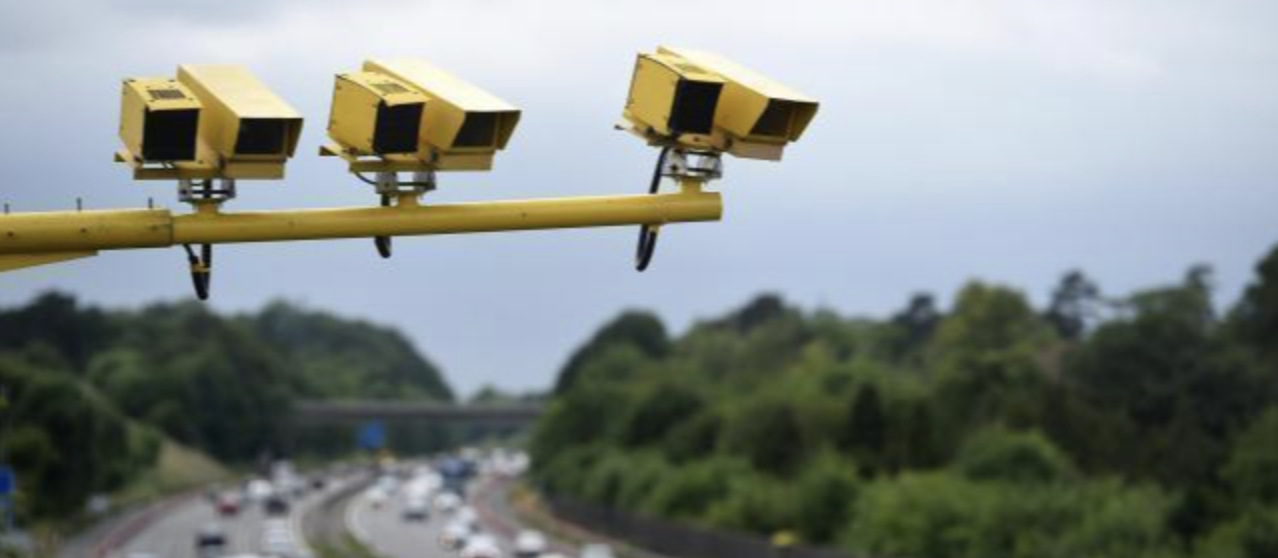When Technology Knows Best, or Does it?

Some 4 years ago, Apple Inc. gifted us their latest (at the time) innovation in music headphones, the AirPods Max. When I saw my first pair, like anyone faced with a new tech device, I looked around for the power button but couldn’t find any. How could this be, I wondered, so I rang up the Apple Store to ask whether I’d perhaps been given a defective pair but the ‘Tech Genius’ who picked up said: “Oh guess what – this model doesn’t need a power button – it’ll just know when you want to use it.” I probably raised my eyebrows faster than a Ferrari could hit 60mph. My next words were stuck in my throat and I could manage was an exasperated “Oh! I see.”
Well, here was an example of technology deciding it knew better than its users. Reminded me of a well-meaning but overconfident dad (it’s usually the men) who decides to remove all the light switches at the house because they’ve installed motion sensors. Sure, they work brilliantly… until they don’t.

This got me thinking about another more recent experience I had where again, technology has been brought in and was slowly taking away a seemingly crucial control mechanism on our road network. I was cruising down one of those “smart motorways” – for anyone not in the know, a smart motorway is an apparently modern marvel of traffic management where the traditional hard shoulder no longer exists as we’ve always know in to. It has been sacrificed for expediency all in the name of progress.
Just like someone in a very important meeting room somewhere in California had decided that the next generation of Apple Headphones would be power button-less, the same had probably happened with the smart motorways with ‘someone’ deciding the motorways needed to “just know” when people needed that extra lane so that the hard shoulder would transform again like a chameleon into an emergency sanctuary and then back to an active traffic lane and back again, all managed by the omniscient eyes of cameras and sensors. Slightly unnerving but all very modern of course until you realise that by converting hard shoulders into live lanes, we’re essentially telling drivers: “Don’t worry about breakdowns—our algorithms have got your back.” Think of it like replacing your airbag with an app that predicts when your car is about to crash.
In both cases, we’re being asked to trust that technology will anticipate our needs better than we can anticipate them ourselves. But while the worst that can happen with my Apple’s headphones is probably a dead battery at an inconvenient moment, the stakes on our motorways are considerably higher. Should the technology hiccup (and trust me, technology loves to hiccup), that broken-down car isn’t sitting in a safe haven – it’s stuck in the fast lane of a high-stakes Squid Games. Sure, the technology is impressive: dynamic speed limits, traffic flow monitoring, and instant accident detection sound like something out of a transport planner’s dream until you have a plot twist when your car decides to throw a mechanical tantrum. Suddenly, you wouldn’t want to imagine having to negotiate with an algorithm or reason with a red X overhead. You’re essentially stuck in what was once a safe haven but is now effectively the fast lane’s front porch.
Smart motorways are like those overly ambitious tech startups that promise to “disrupt” your morning coffee routine: The pitch sounds brilliant in the boardroom, but the real-world execution can be a lot messier. They promise to ease congestion and make our journeys smoother. Before we fully embrace this brave new world of algorithmic traffic management, perhaps we should ask ourselves: Are we ready to trade the certainty of a physical safety lane for the promise of a digital one? Can we guarantee that every camera will catch every breakdown, every stranded vehicle, every potential hazard faster than human eyes and traditional safety measures?

Yes, the proponents for this trumpet reduced traffic congestion and hear this, the average response time to a stranded vehicle is 17 minutes. Well, that’s 17 minutes of sitting in a live lane, watching your side mirror like it’s the season finale of Squid Games and praying the next truck that’s fast approaching has good brakes and a very alert driver.
Don’t get me wrong – I’m not suggesting we should view smart motorways as the villain in our transport sector. Innovation is truly crucial, and the intent behind smart motorways is admirable but the road to the future doesn’t need to be paved with unnecessary risks. There’s still a lot to consider: Are we racing too quickly toward a future where efficiency trumps safety? Should we not first ensure our emergency response systems are as “smart” as our roads claim to be? We could surely run some more safety diagnostics, and ensure our drive (pun intended) towards innovation doesn’t leave common sense stranded on the road to progress.
Because if the motorways are indeed to be made ‘smart’, shouldn’t we also hold them to a higher standard by measuring their efficacy to keep us alive when things go wrong and not just by their ability to keep traffic moving. Just a thought.